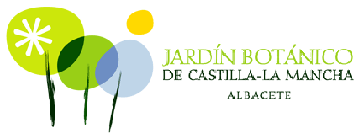Resumen
The apocarotenoid crocetin and its glycosylated derivatives, crocins, confer the red colour to saffron. Crocetin biosynthesis in saffron is catalysed by the carotenoid cleavage dioxygenase CCD2 (AIG94929). No homologues have been identified in other plant species due to the very limited presence of crocetin and its derivatives in the plant kingdom. Spring Crocus species with yellow flowers accumulate crocins in the stigma and tepals. Four carotenoid CCDs, namely CaCCD1, CaCCD2 and CaCCD4a/b and CaCCD4c were first cloned and characterized. CaCCD2 was localized in plastids, and a longer CCD2 version, CsCCD2L, was also localized in this compartment. The activity of CaCCD2 was assessed in Escherichia coli and in a stable rice gene function characterization system, demonstrating the production of crocetin in both systems. The expression of all isolated CCDs was evaluated in stigma and tepals at three key developmental stages in relation with apocarotenoid accumulation. CaCCD2 expression parallels crocin accumulation, but C14 apocarotenoids most likely are associated to the CaCCD1 activity in Crocus ancyrensis flowers. The specific CCD2 localization and its membrane interaction will contribute to the development of a better understanding of the mechanism of crocetin biosynthesis and regulation in the chromoplast.


Leave a Reply